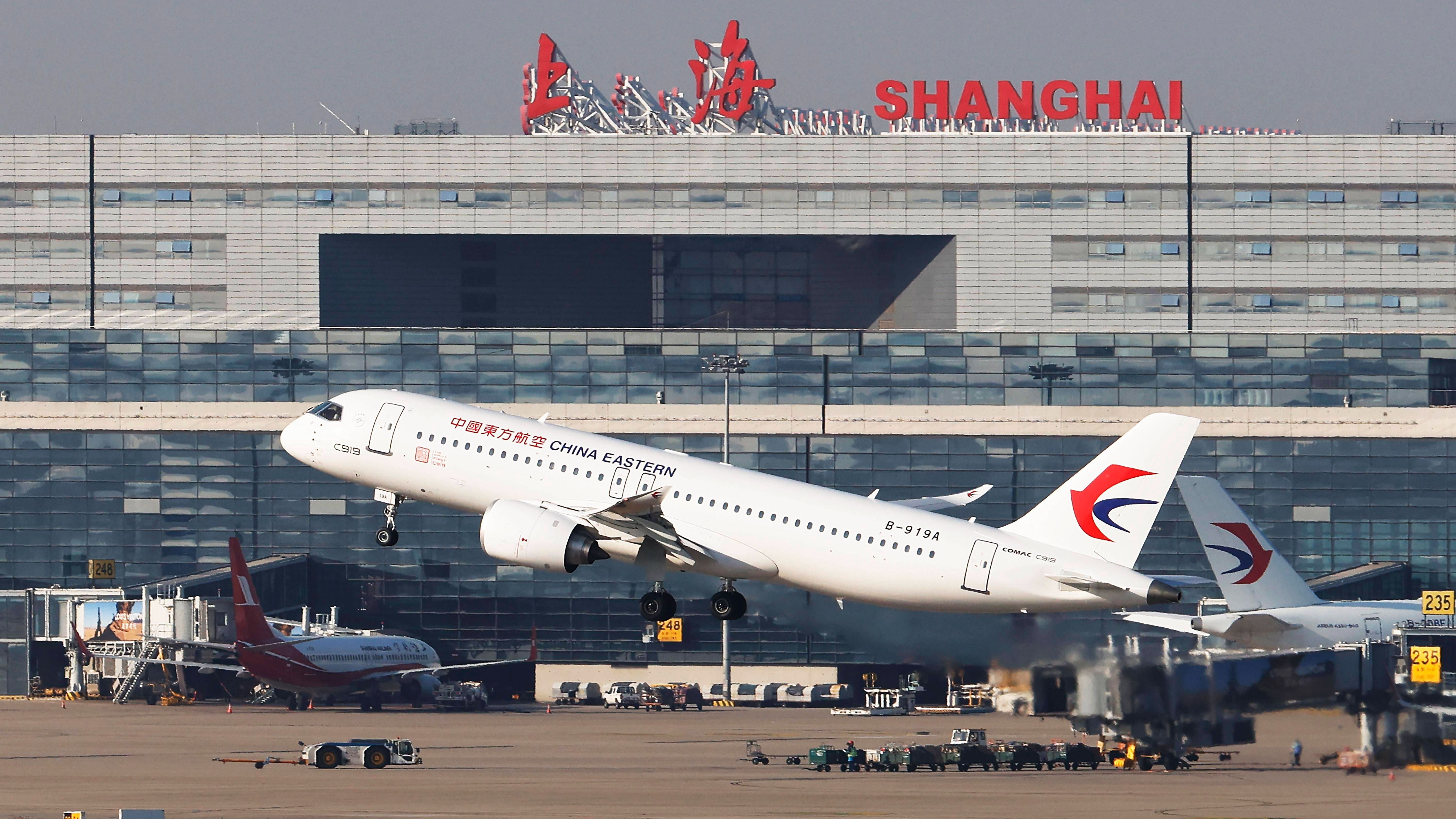China Launches Aviation Training in Southeast Asia to Boost C919 Jets

China's Push to Expand Civil Aviation Presence in Southeast Asia
China is actively training representatives from several Southeast Asian countries this month as part of a broader initiative to promote its domestically developed civilian aircraft. Despite the dominance of Airbus and Boeing in the global aviation market, Southeast Asia has emerged as a key region for accepting Chinese aircraft deliveries.
The 2025 China-Asean Civil Aviation Management Capacity Enhancement Workshop, held in Beijing, brought together 20 participants from Cambodia, Indonesia, Laos, Malaysia, Myanmar, Singapore, Thailand, and Vietnam. The event, organized by the Civil Aviation Administration of China, runs for 14 days and focuses on various aspects of civil aviation, including safety management, airworthiness certification, green development, new technologies, and the use of domestically produced large aircraft.
This training initiative coincides with the Commercial Aircraft Corporation of China (Comac), based in Shanghai, aiming to expand its presence in the Southeast Asian market. With a population of over 700 million, the region represents a significant opportunity for Comac to meet growing travel demands.
Hugh Ritchie, CEO of Aviation Analysts International in Australia, highlighted that now is an opportune time for Comac to push forward its development. He pointed to the broader trend of increased economic cooperation between China and Southeast Asian nations as a key factor. Ritchie also emphasized that Comac aims to "break the duopoly" of Airbus and Boeing, which currently dominate the global market for large jet aircraft.
Comac's small C909 regional jets, which have been in operation for nearly a decade, have already made a significant impact in Southeast Asia. According to the Civil Aviation Administration of China, these jets have facilitated 470,000 passenger trips. Indonesia was the first country to accept the C909, followed by Laos and Vietnam.
However, Comac’s larger, newer narrowbody C919 aircraft—comparable in specifications to the Airbus A320 and Boeing 737 families—has yet to secure a market outside of China. Domestically, more than 1,000 orders have been placed for the C919. While seeking European Union certification, Comac has intensified its marketing efforts in Southeast Asia, establishing representative offices in Hong Kong and Singapore last year.
Some Southeast Asian nations, such as Malaysia, have shown interest in the C919. The workshop aims to help train Southeast Asian participants to better understand the C909, which differs from other aircraft types, according to independent aviation analyst Li Hanming.
Li warned that Comac planes still face "major hurdles" outside China, particularly concerning regulation, maintenance, and training. He stressed the importance of regulatory authorities understanding how the C909 and C919 operate and how they differ from Boeing and Airbus aircraft.
China's aviation authority reported that 2,552 scheduled passenger flights now operate each week between China and ASEAN countries, marking an 8.3% increase compared to last year. Analysts suggest that Comac's aircraft are well-suited for the high volume of air traffic in the 10-member Association of Southeast Asian Nations.
"Domestic and intra-ASEAN trans-island routes are lucrative, high-demand routes suitable for regional jets," Li said. This indicates that the potential for Comac's aircraft in Southeast Asia remains strong, provided the necessary infrastructure and regulatory support are in place.

Comments
Post a Comment